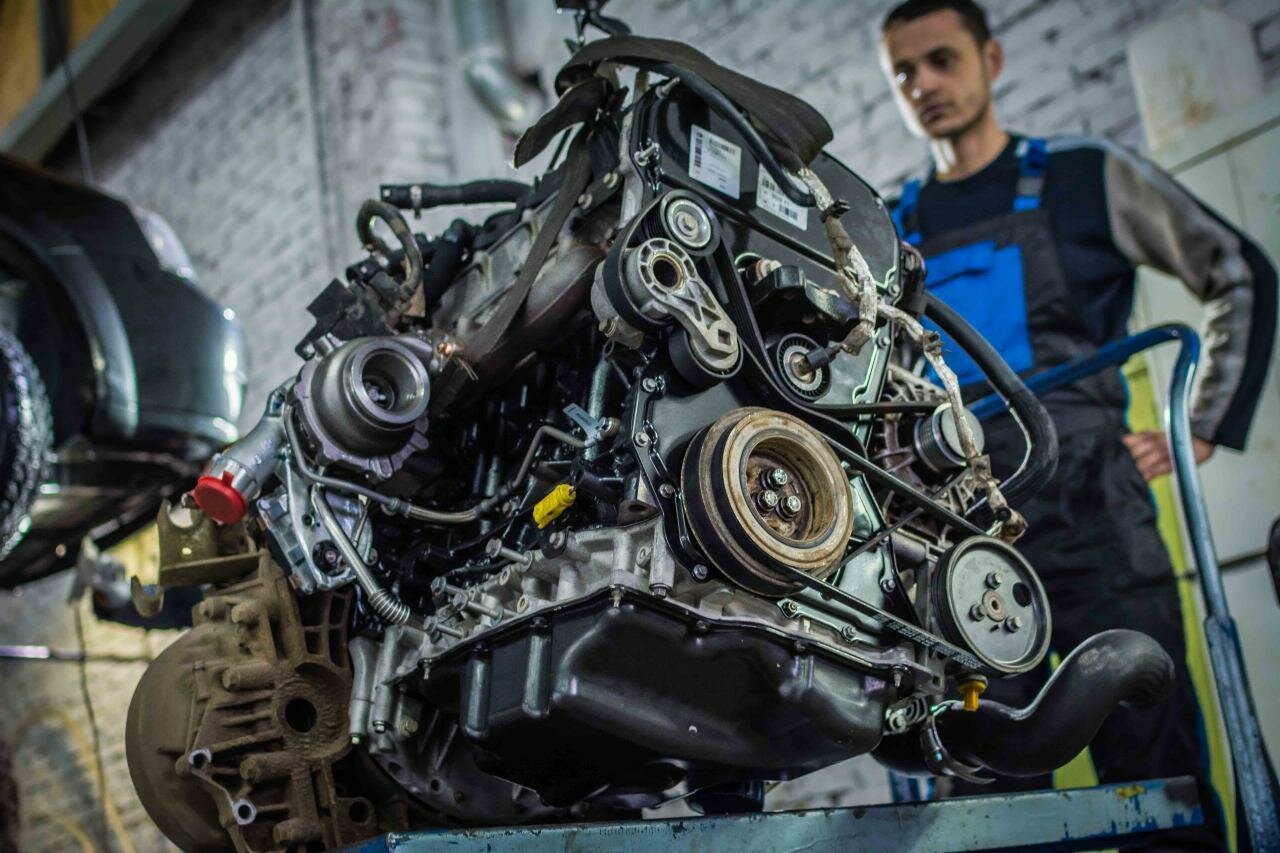Porsche 3.4 Engine: A Brief Overview
History and Development
The Porsche 3.4 engine, a part of the renowned German automaker’s lineup, has been a significant contributor to the brand’s legacy of performance and engineering excellence. Introduced in the late 1990s, this engine was primarily featured in models such as the Porsche 911 and the Porsche Boxster. It is a naturally aspirated flat-six engine, known for its distinctive sound and impressive power delivery. The 3.4 engine was designed to offer a balance of performance and everyday drivability, making it a popular choice among enthusiasts and casual drivers alike.
Over the years, the 3.4 engine has undergone various updates and refinements, aimed at improving efficiency and performance. However, like any mechanical system, it is not without its issues. While many owners have enjoyed the exhilarating experience that comes with driving a Porsche equipped with this engine, others have encountered a range of problems that can affect performance, reliability, and overall ownership satisfaction.
As the automotive landscape evolves, the 3.4 engine remains a topic of interest for both current owners and potential buyers. Understanding the common problems associated with this engine is crucial for anyone considering a purchase or looking to maintain their vehicle. This article will delve into the specific issues that have been reported, providing a clear picture of what to expect from the Porsche 3.4 engine and how to address any potential concerns.
Porsche 3.4 Engine Problems: An In-Depth Analysis
Common Issues Faced by Owners
The Porsche 3.4 engine, while celebrated for its performance, has been associated with several recurring problems that can impact its reliability and longevity. Understanding these issues is essential for current and prospective owners. Here are some of the most common problems reported:
- IMS Bearing Failure: One of the most notorious issues with the Porsche 3.4 engine is the Intermediate Shaft (IMS) bearing failure. This can lead to catastrophic engine failure if not addressed promptly.
- Oil Leaks: Many owners have reported oil leaks, particularly from the rear main seal and camshaft cover gaskets. These leaks can lead to low oil levels and potential engine damage.
- Cooling System Failures: The cooling system components, including radiators and water pumps, can fail, leading to overheating and severe engine damage.
- Throttle Body Issues: Problems with the throttle body can result in poor acceleration and erratic engine behavior.
- Exhaust System Problems: Issues with the exhaust system, including cracked headers and failing catalytic converters, can negatively affect performance and emissions.
Specific Symptoms to Watch For
Being aware of the symptoms associated with these problems can help owners take proactive measures. Here are some key indicators that something may be wrong with the Porsche 3.4 engine:
- Unusual engine noises, particularly from the rear of the engine.
- Oil spots on the ground where the vehicle is parked.
- Warning lights on the dashboard, especially those related to oil pressure or temperature.
- Overheating during normal driving conditions.
- Decreased power or acceleration issues.
Impact of Engine Problems
The consequences of neglecting these issues can be severe. Here’s a breakdown of how these problems can affect the engine and overall vehicle performance:
| Problem | Symptoms | Consequences |
|---|---|---|
| IMS Bearing Failure | Engine noise, sudden loss of power | Complete engine failure, costly repairs |
| Oil Leaks | Oil spots, low oil levels | Engine damage, increased wear |
| Cooling System Failures | Overheating, coolant leaks | Severe engine damage, potential head gasket failure |
| Throttle Body Issues | Poor acceleration, erratic idling | Reduced performance, potential stalling |
| Exhaust System Problems | Unusual exhaust noises, decreased power | Increased emissions, potential fines |
Top views |
|
|---|---|
 |
Oil, Timing Chains, Pistons: What Really Kills an Engine Prematurely? |
 |
How to Choose a Car with a Reliable Engine: Used Car Market Hacks That Actually Work |
Maintenance and Prevention
Regular maintenance is crucial for mitigating these issues. Here are some recommended practices for owners of vehicles equipped with the Porsche 3.4 engine:
- Regularly check and change the engine oil to prevent oil leaks and maintain lubrication.
- Monitor the cooling system and replace components as needed to avoid overheating.
- Inspect the IMS bearing and consider upgrading to a more reliable option if necessary.
- Keep an eye on the throttle body and clean it periodically to ensure smooth operation.
- Address any exhaust system issues promptly to maintain performance and compliance with emissions standards.
By staying vigilant and proactive, owners can help ensure that their Porsche 3.4 engine remains a source of joy rather than frustration.




0 Comments